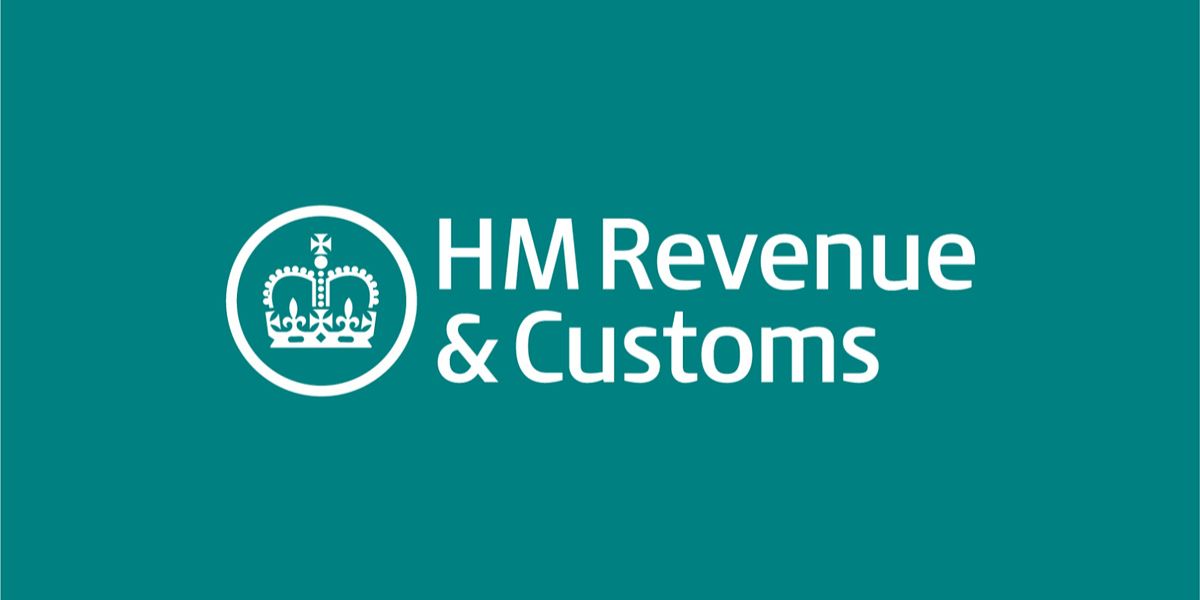A press release by the UK government on 15 June 2018 confirmed that the tax gap for 2016/17 was an estimated GBP 33 billion or 5.7%. The tax gap is the difference between the tax that the government considers should have been paid and the actual amount of tax that has been paid. The tax that should be collected is the total tax revenue if all taxpayers comply strictly with the tax law and follow HMRC’s interpretation of the intention behind the law. HMRC has developed some methodologies for measuring various gaps in the collection of direct and indirect taxes and has combined these together to produce an estimate of the total tax gap in the UK.
The UK government publication Measuring the Tax Gap noted that small businesses made up the largest proportion of unpaid tax (categorized by taxpayer group) with a tax gap of GBP 13.7 billion. Taxpayer errors and “failure to take reasonable care” accounted for GBP 9.2 billion of unpaid taxes as categorised by taxpayer behaviour, and criminal attacks resulted in a tax loss of GBP 5.4 billion.
The tax gap in relation to income tax, national insurance contributions and capital gains tax was GBP7.9 billion for 2016/2017 and this amounted to 16.4% of the tax liabilities under the self assessment system. The corporation tax gap has been reduced considerably in the past decade and was 7.4% in 2016/17. The report indicates that the tax gap in relation to large business has been reduced the most while it has been more difficult to reduce the corporation tax gap in relation to small and medium businesses.
In relation to value added tax (VAT) there has been a reduction in the VAT gap over the years and the percentage of tax lost has fallen from 12.5% in 2005/2006 to 8.9% in 2016/2017.
The tax authority HMRC considers that its Making Tax Digital (MTD) procedure for businesses when fully operational will help to reduce the tax gap because there will be checks built into the digital system to prevent errors or failure to take reasonable care.















